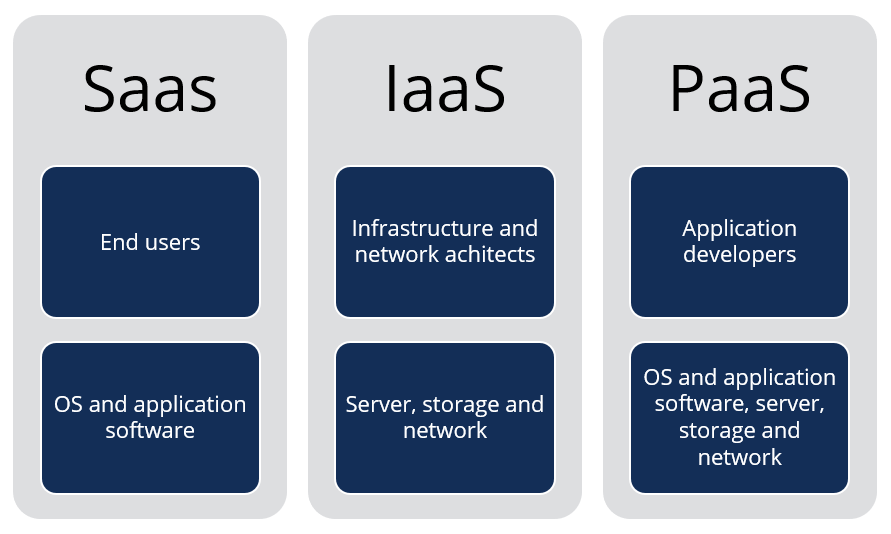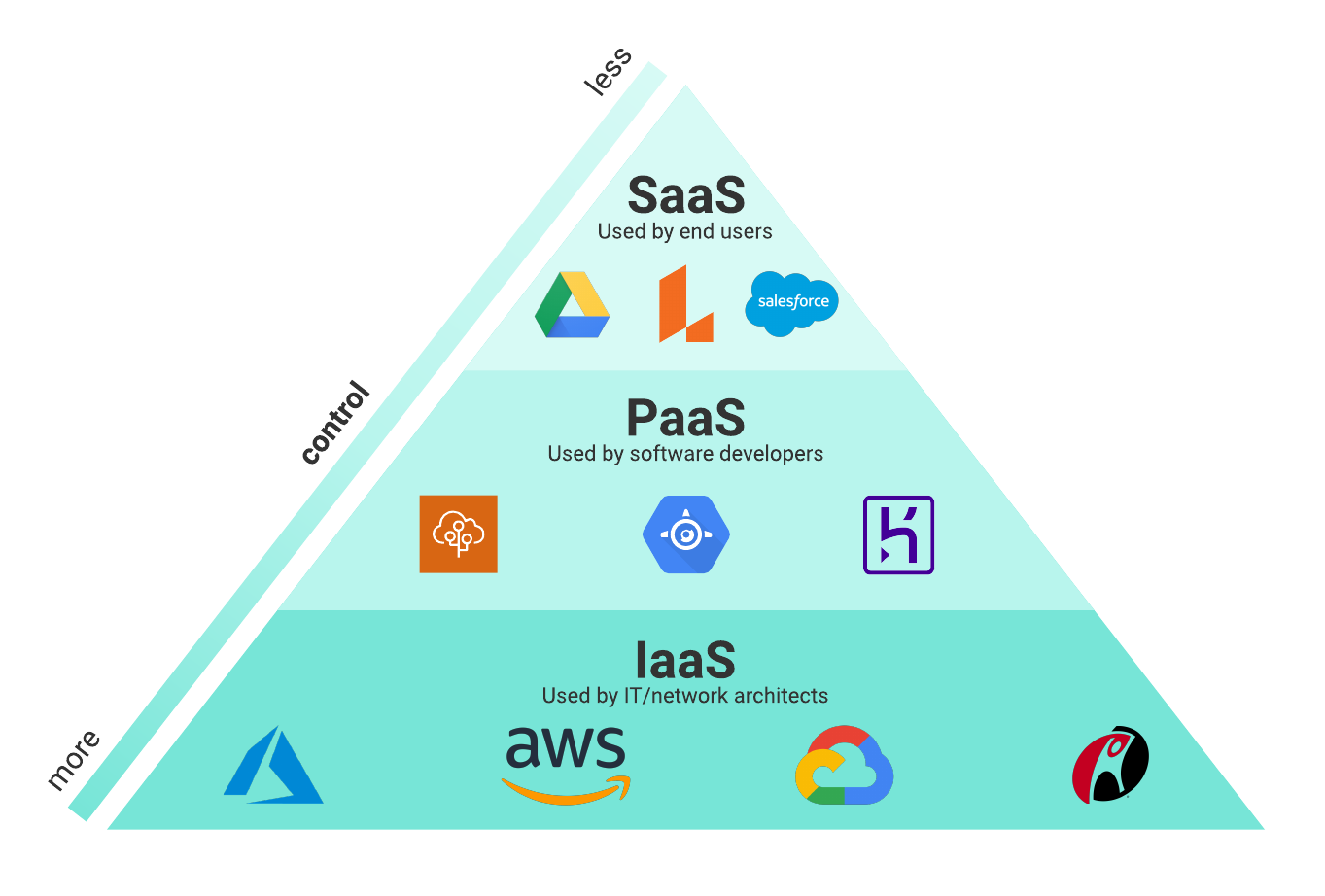Boost Your Organization with Cloud Services: An Overview to Modern Solutions
Boost Your Organization with Cloud Services: An Overview to Modern Solutions
Blog Article
Achieve Seamless Scalability With Cloud Provider
In the ever-evolving landscape of cloud solutions, attaining smooth scalability stands as a foundation for modern companies looking for to stay competitive and versatile. The mission for smooth scalability with cloud services reveals a globe of opportunities for those willing to embrace the transformative power of dynamic resource monitoring.
Benefits of Cloud Scalability
Cloud scalability provides companies the adaptability to dynamically change sources based on demand, ensuring optimal performance and price performance. One key benefit is the capacity to range sources up or down swiftly in reaction to changing work. This dexterity enables companies to satisfy transforming consumer demands without over-provisioning sources, ultimately resulting in cost savings. Scalability likewise improves performance by making certain that systems can handle enhanced web traffic or workload without experiencing downtime or downturns. By successfully designating sources, organizations can preserve high degrees of performance throughout peak times without unnecessary costs during quieter periods. In addition, cloud scalability promotes innovation and experimentation by enabling businesses to conveniently evaluate originalities and scale them as required. This versatility urges a culture of continuous improvement and adaptation, allowing organizations to stay affordable in a quickly progressing market landscape. Eventually, the benefits of cloud scalability expand beyond cost financial savings to include improved efficiency, agility, and development.
Secret Features for Scaling
Reliable scaling in cloud services depends on key attributes that enable companies to adjust sources dynamically based upon demand. One essential function for scaling is flexibility, allowing sources to scale up or down in response to rising and fall workloads. This ensures that companies can meet efficiency requirements without over-provisioning sources. One more vital feature is scalability, making it possible for systems to handle boosted work by adding resources flawlessly. This feature is critical for accommodating growth without endangering efficiency. Furthermore, automation plays a vital function in scaling by automating the provisioning and de-provisioning of sources based upon predefined plans. Automation reduces human intervention, enhances effectiveness, and makes sure quick response to changing demands. Tracking and analytics devices are additionally vital for scaling, providing understandings right into source utilization, efficiency metrics, and potential bottlenecks. These devices allow companies to enhance and make educated choices resource allowance for effective scaling. In general, these essential features jointly empower organizations to attain seamless scalability in cloud services.
Executing Auto-Scaling Strategies
To properly maximize resource allocation and adjust to differing workloads, companies have to tactically execute auto-scaling techniques in their cloud solutions framework. Auto-scaling enables systems to immediately change the number of compute sources based on real-time need. There are numerous auto-scaling methods that organizations can use, such as predictive scaling, which makes use of historical data to anticipate future resource requirements, and reactive scaling, which reacts to present work adjustments.

Best Practices for Scalability
For companies aiming to enhance their scalability in cloud solutions, executing best techniques is important for optimal efficiency and resource monitoring. One secret best method is developing applications with a microservices style. helpful hints This technique breaks down applications into smaller sized, independent services that can be released, updated, and scaled independently, enabling better adaptability and scalability.
One more important technique is using containerization innovation, such as Docker or Kubernetes. Containers enable the packaging of my blog applications and their dependencies into separated devices, making it less complicated to scale parts separately and deploy them continually throughout various settings.
In addition, applying automated implementation and infrastructure as code (IaC) can simplify scalability initiatives (linkdaddy cloud services). Automation devices like Terraform or Ansible assistance in provisioning and managing resources efficiently, reducing hands-on mistakes and making it possible for fast scalability
Moreover, monitoring performance metrics, setting up informs, and conducting regular capability preparation are important methods to make certain proactive scalability management. By adhering to these finest techniques, companies can attain smooth scalability in their cloud services while optimizing performance and resource usage.
Tracking Efficiency Metrics
When evaluating the efficiency of cloud services scalability, closely keeping track of performance metrics is crucial for making certain optimal functionality and resource allowance. By continuously tracking essential performance indicators (KPIs) such as response times, latency, throughput, and resource use, organizations can gain beneficial understandings into the health and efficiency of their cloud framework. Checking performance metrics enables the very early discovery of potential traffic jams or problems that could impact scalability, making it possible for proactive actions to be required to address them before they escalate.

Conclusion
In conclusion, attaining smooth scalability with cloud services is important for organizations to maximize efficiency, enhance innovation, and keep high efficiency levels throughout peak times. By leveraging the advantages of cloud scalability, executing auto-scaling strategies, making use of crucial features such as flexibility and automation, and complying with finest practices like application layout and performance monitoring, organizations can effectively scale their systems while maximizing source usage and performance.
The mission for seamless scalability with cloud solutions reveals a globe of opportunities for those willing to welcome the transformative power of dynamic source administration.
Cloud scalability offers companies the flexibility to dynamically readjust resources based next page on need, making sure optimal efficiency and cost performance. Another vital function is scalability, allowing systems to handle raised work by adding resources flawlessly.For companies intending to improve their scalability in cloud solutions, carrying out finest practices is essential for optimum efficiency and source management.When analyzing the effectiveness of cloud solutions scalability, very closely keeping an eye on efficiency metrics is necessary for guaranteeing optimum capability and resource allotment.
Report this page